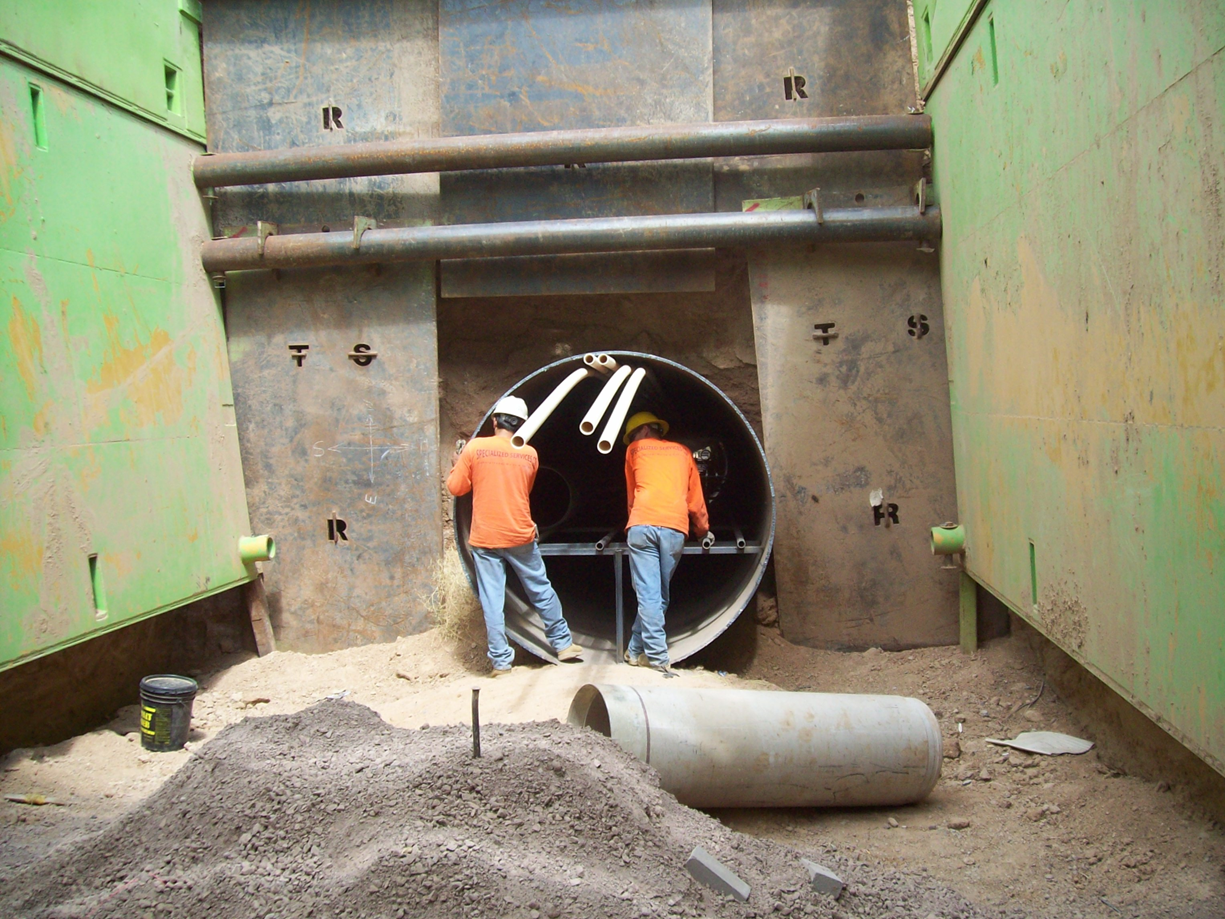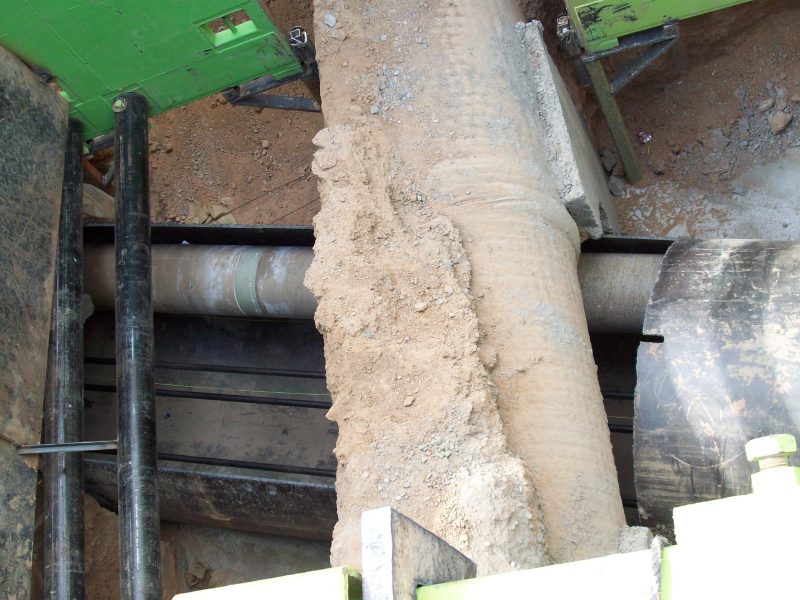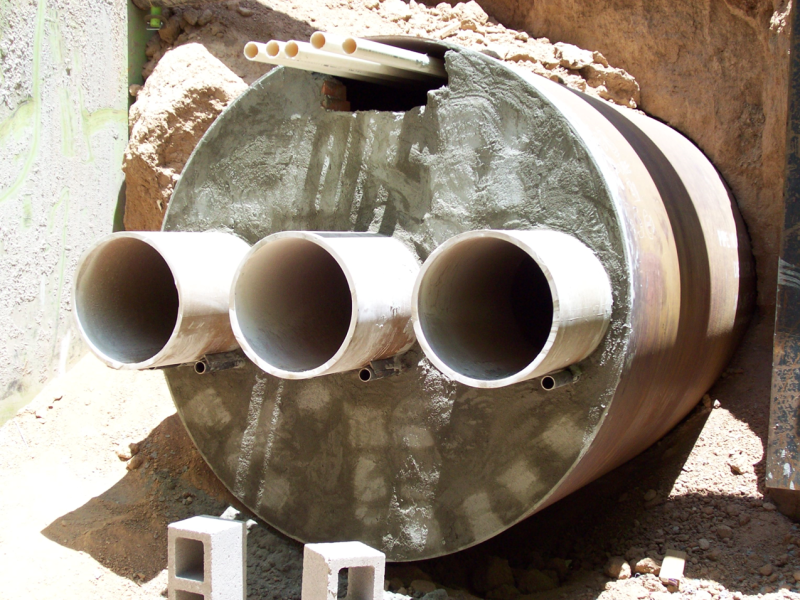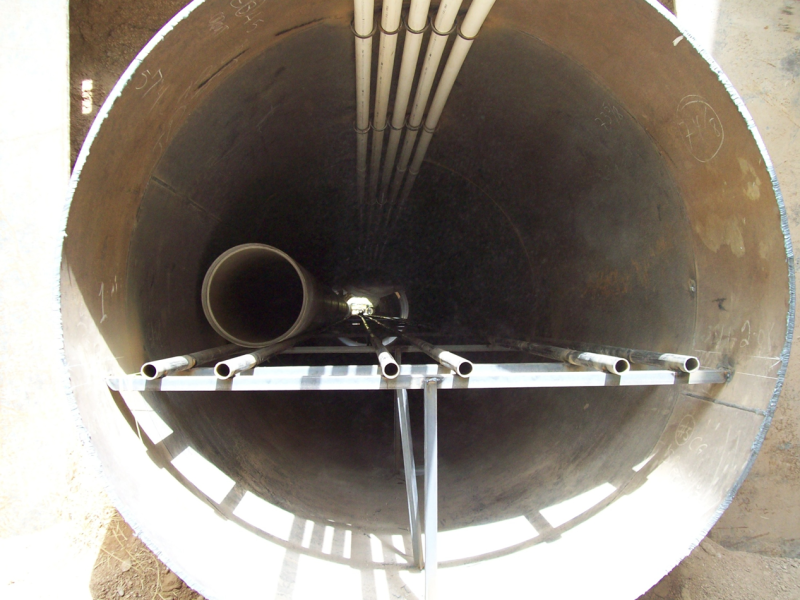Benefits of Trenchless Constructability & Design Among Different Delivery Methods – Part III

For Design-Build construction projects, how important is it to use a trenchless constructability and design (TCD) consultant? In this next installment of our series outlining the benefits, we dig into some scenarios in which it can make a difference in this particular delivery method.
To read the Construction Manager at Risk (CMAR)-focused blog post, or Part I of this series, click here.
To read the Job Order Contracting (JOC)-focused blog post, or Part II of this series, click here.
Let’s explore how this type of consulting improves various stages of the Design-Build project, from Conceptual Design and Construction Management to Carrier Pipe Design and Plan Review.
Design-Build
A Design-Build structured project describes one where a construction company is responsible for managing the entire design and construction process. The contract binds the contractor to design and construct the project according to the owner’s specifications as well as becoming the single point of contact for them. This means the contractor hires the subcontractors to carry out the project and supplies the blueprint.
The overall coordination of design and pace is key to successfully delivering the project. A notable advantage of Design-Build is the flexibility for the contractor to be able to edit designs in development as needed. On the other hand, the contractor takes on the project risk, while minimizing it for the owner.
How the Services Fit
The integration of TCD services in a Design-Build can be advantageous from the start to the completion of a project. Conceptual Design is the initial high-level process that involves analyzing what needs to be built, the utilities involved, and the best solutions. An example could be coordinating tying into an existing sewer stub with planning the bore to ensure that grade is established and maintained for the overall sewer installation. Other considerations could be the location of the bore based on overhead power, length of bore, pit location options, how the bore pit should be constructed and shored, how many bores are necessary, etc. In this stage, TCD Consultants propose the right solutions, considering all the site conditions impacting the site and mapping out locations/amount of bore pits based on needs.
In the Construction Consulting service, this could mean strategizing which methodology to use and how pits will be built, for example. The benefit is having an expert examine the unique challenges and risks to weigh out different options and determine which will present the lowest risk. To take it a step further, it takes a holistic approach accounting for all the subcontractors and what will help the other parties complete their jobs the most efficiently.
For a Design-Build, the Construction Management service supports the contractor, who is responsible for figuring out the best plan and alternate plan, or proactive information on contingencies by considering any other entities. An example of when this consultant can come in is in the case of boring underneath a railroad and an agreement is needed by educating other stakeholders to obtain buy-in. On the note of a “Plan B,” the Claims Avoidance service involves pre-identifying contingency plans in case of worst-case scenarios and evaluating issues that could arise, minimizing delays and cost overruns.
As more utilities are being called for in today’s development, it is leading to more utilities needing to be installed underground and therefore deeper to accommodate it all. Once the need exceeds 30 feet deep, shafts may be the most viable option, and there has been less experience with this in Arizona until recently. In the Design Consulting service, a TCD consultant has the right relationships to contact trenchless companies and shaft material manufacturers for combined expertise to determine who is best suited for the work and provide the best value to the owner. In addition to pulling together experts, this role can help coordinate what equipment the GC or underground contractor already owns and has on-site to use in the process, rather than renting to help save money.
In addition to Plan Review and Bore Pit Support and Design, a real-life example of improving Carrier Pipe Design is ensuring the carrier pipe product is compatible with being pushed through casing without joints being damaged. In sewer line applications, TCD could propose red wood skids instead of casing spacers to be expedited and more cost-effective than waiting for custom-built stainless-steel spacers.
In this Part III series of the advantages of incorporating trenchless constructability and design consultants into your construction project, we dived into how the services fit in along with the Design-Build delivery method. Stay tuned for the final Part IV, which explores the benefits of trenchless constructability and design consulting for Design-Bid-Build projects!


